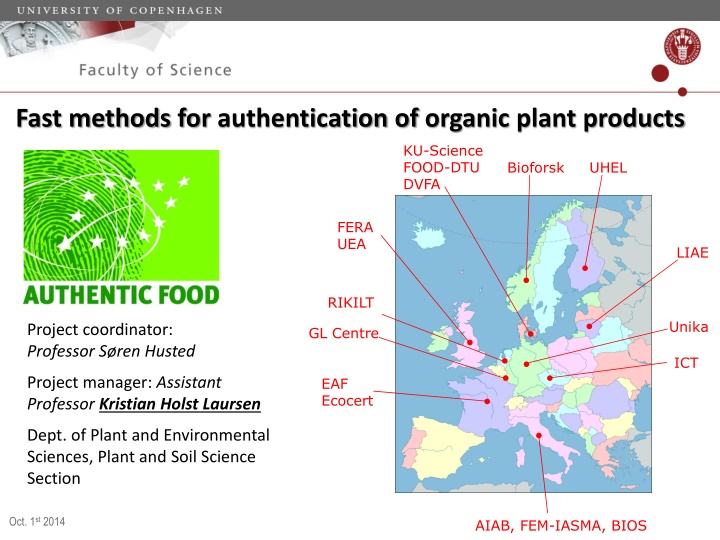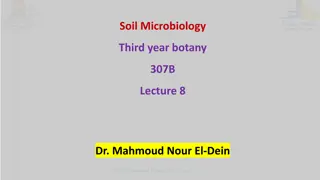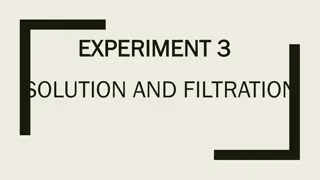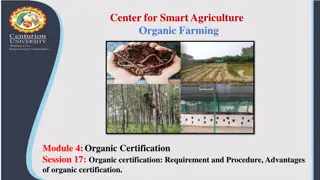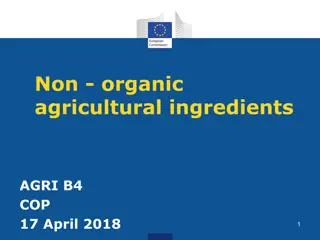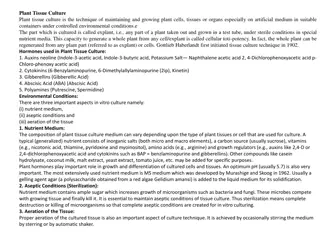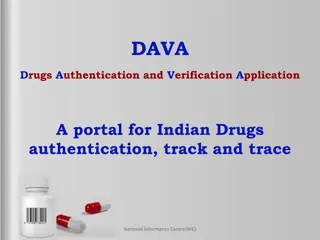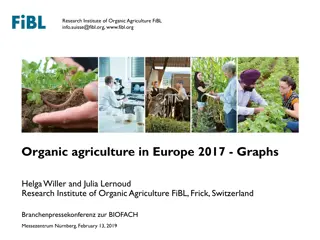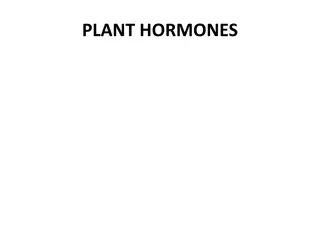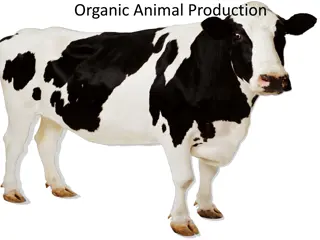Fast methods for authentication of organic plant products
Authentication of organic plant products involves extracting an organic fingerprint through various methods like climate/soil analysis, genetics, crop management, and more. Complementary analytical techniques, sample flows, preliminary conclusions, and final project activities contribute to the authentication process for organic food products.
Download Presentation

Please find below an Image/Link to download the presentation.
The content on the website is provided AS IS for your information and personal use only. It may not be sold, licensed, or shared on other websites without obtaining consent from the author.If you encounter any issues during the download, it is possible that the publisher has removed the file from their server.
You are allowed to download the files provided on this website for personal or commercial use, subject to the condition that they are used lawfully. All files are the property of their respective owners.
The content on the website is provided AS IS for your information and personal use only. It may not be sold, licensed, or shared on other websites without obtaining consent from the author.
E N D
Presentation Transcript
Fast methods for authentication of organic plant products KU-Science FOOD-DTU DVFA Bioforsk UHEL FERA UEA LIAE RIKILT Unika Project coordinator: Professor S ren Husted GL Centre ICT Project manager: Assistant Professor Kristian Holst Laursen EAF Ecocert Dept. of Plant and Environmental Sciences, Plant and Soil Science Section Oct. 1st2014 AIAB, FEM-IASMA, BIOS
Can we extract an organic fingerprint? Climate/soil Pathogens ? Genetics Crop management Fertilization
Complementary analytical techniques Trace elements Metabolites ? Stable isotopes Pesticide residues Compound-specific isotopes Laursen et al. (2014) TrAC. 59, 73-82. Capuano et al. (2012) J. Sci. Food & Agric. 93, 12-28 Mihailova et al. (2012) Food Sci. & Tech. 26, 26-28
Organic food authentication - samples + relevant samples from related research projects
AuthenticFood sample flows Homogenized samples to: Italy The United Kingdom Denmark Czech Republic Fresh samples to: The Netherlands (analysis) Luxembourg (analysis) Denmark (sample preparation) Sites of production: Northern Italy Southern Italy Denmark (test-set) Tomato sauce production: Central Italy Tomato sauce to: Denmark France Italy Czech Republic Luxembourg
AuthenticFood preliminary conclusions Trace elements Laursen et al. (2011) J. Agric. Food Chem. 59, 4358-4396 Metabolites Mie et al. (2014) Anal Bioanal Chem. 406:2885-2897 Novotna et al. (2012) Food Addit. & Contamin. 29, 1335-1346 Stable isotopes Mihailova et al. (2014) Food Chem. 154, 238-245 Laursen et al. (2013) Food Chem. 141, 2812-2820 Pesticide residues Compound-specific isotopes
AuthenticFood activities the final 5 months Final analytical and statistical analyses Final project meeting (Trento, Nov 25-26th) Various dissemination activities Recommendations to end-users National and international workshops Presentation of results at international conferences Submission of final AuthenticFood publications Final project report Related/future projects: www.foodintegrity.eu COM-ISO http://plen.ku.dk/english/research/plant_soil/nutrition/com-iso/
